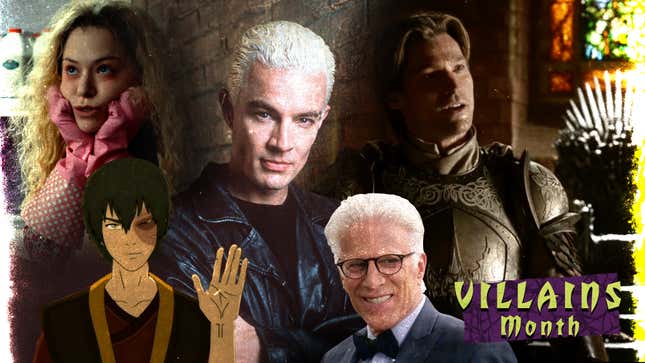
Television has provided some heavy hitters for the pantheon of great villains, but it has also arguably cornered the market of a particular kind of villain: The Bad Guy Gone Good. The serialized nature of TV storytelling is fertile ground for taking a villainous character and turning them into a hero. The medium has the space to explore what makes a villain so bad in the first place and put them on a journey to redemption. Sometimes it takes a few seasons for a baddie to earn forgiveness; sometimes it’s takes only a few episodes. And sometimes a character walks the line between good and bad throughout a show’s entire run. Here, The A.V. Club has created a look at our favorite villain redemption arcs, in chronological order, spotlighting character about-faces on shows ranging from Twin Peaks and Avatar: The Last Airbender to Game Of Thrones and The Good Place.